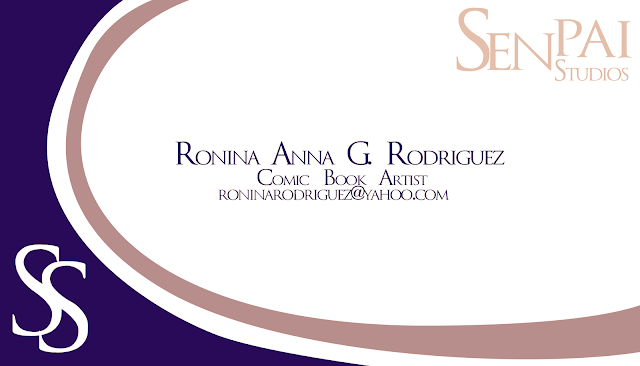File Formats vary in size, quality and use. It is essential to know what are the kinds of file formats there are because not all formats work on all platforms or where you are viewing the material.
Raster - are pixel based, larger file size, same as a bitmap
Vector - Consists of lines and points, smaller file size and preserves the quality of the image
Lossless - preserves image quality
Lossy - compresses image
Vector - Consists of lines and points, smaller file size and preserves the quality of the image
Lossless - preserves image quality
Lossy - compresses image
An Example of Vector Image
File Formats
Images:
Jpeg - best for photos, small size, can support 16.8 million colors, used for web, slr camera image format
Gif - can support animations, 256 colors, used for web, can be transparent, small size
Png - can support 16.8 million colors, used for web, larger file size compared to the above
Psd - photoshop document, large file size, preserves layers and quality
Tiff - usually a flat image but can also have layers just like psds, but the layers can only be opened in photoshop, large file size, preserves quality
AI - adobe illustrator document, vector based
Video:
mp4 - is the jpeg equivalent in video
avi - is the psd equivalent in video
mpeg -
3gp -
mov - dslr video format
Audio:
mp3 - is the jpeg equivalent in audio
wav -
wma -
ogg - for web
midi - its like the psd equivalent but with a smaller file size, like the vector of audio formats



